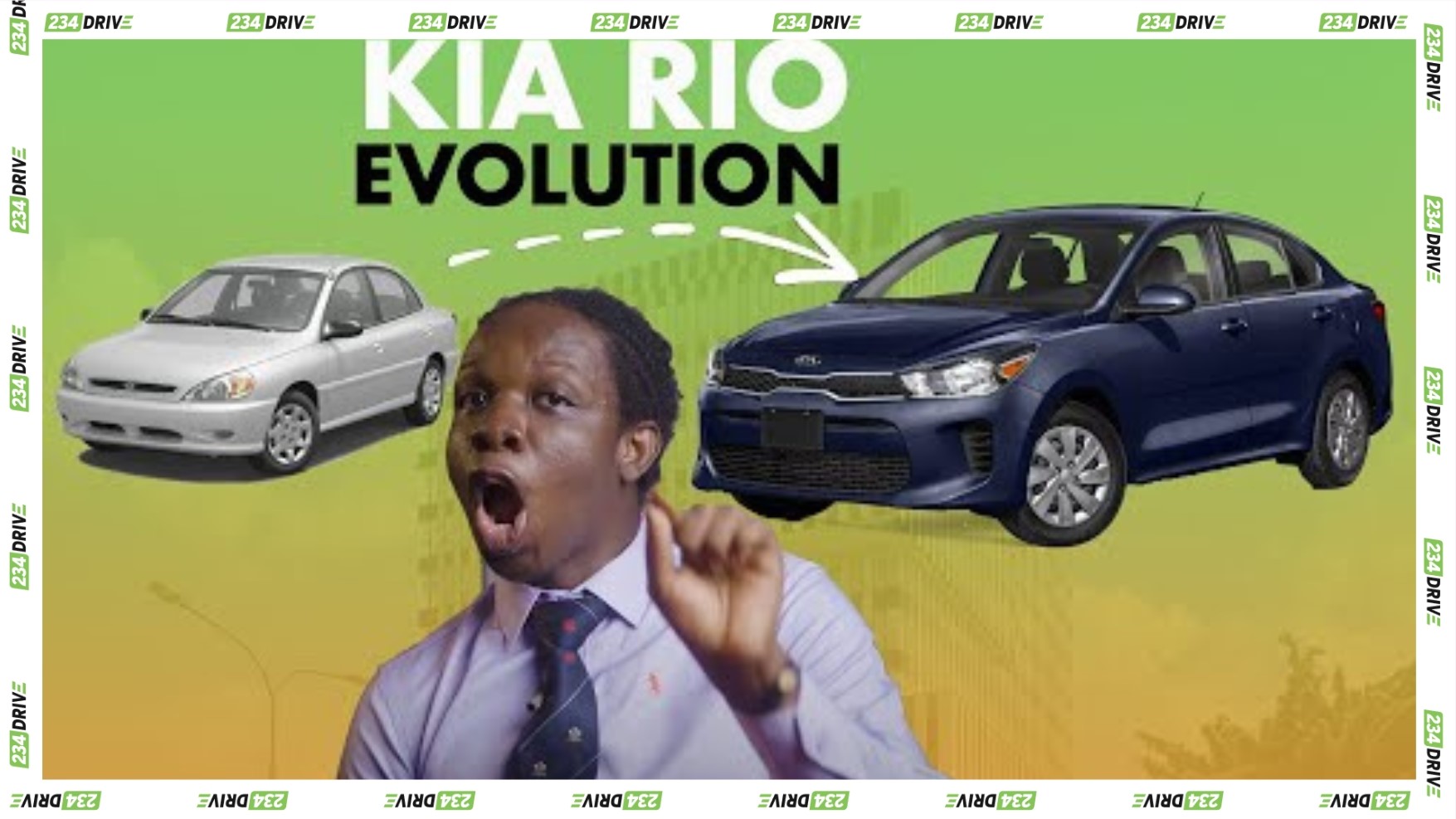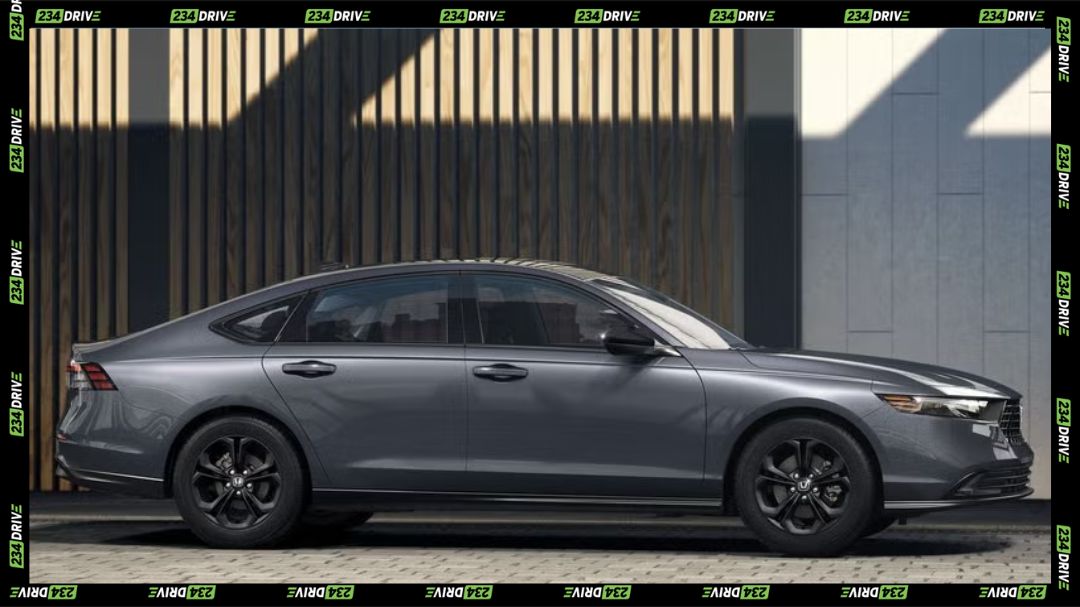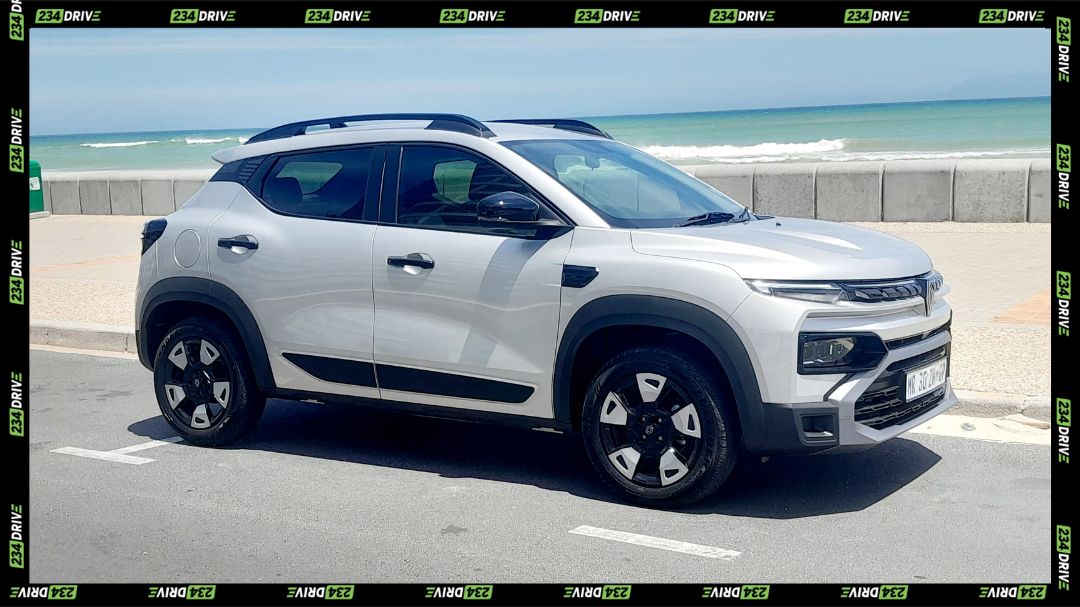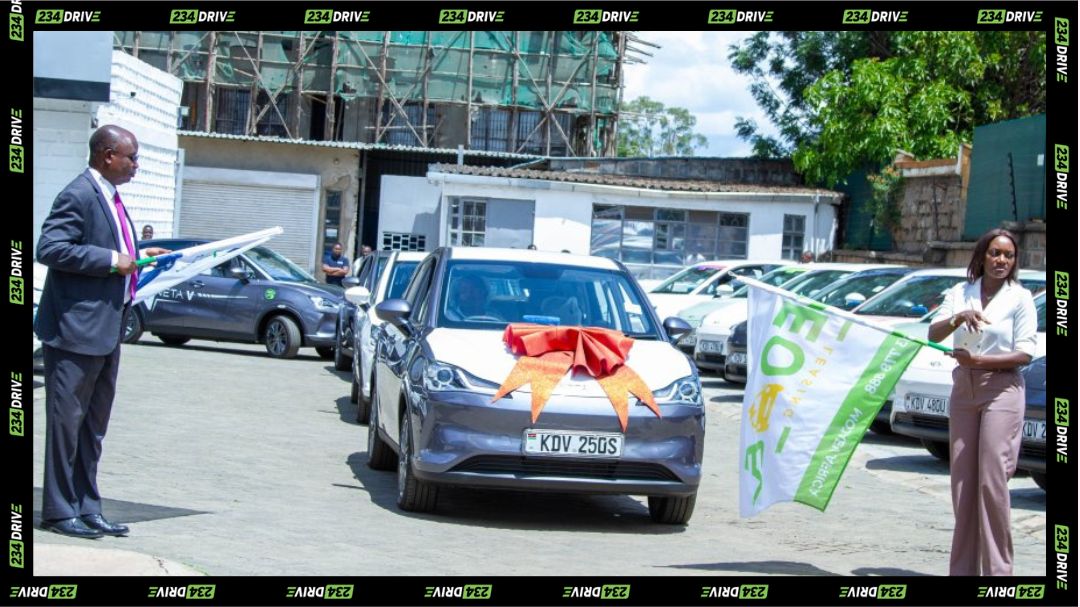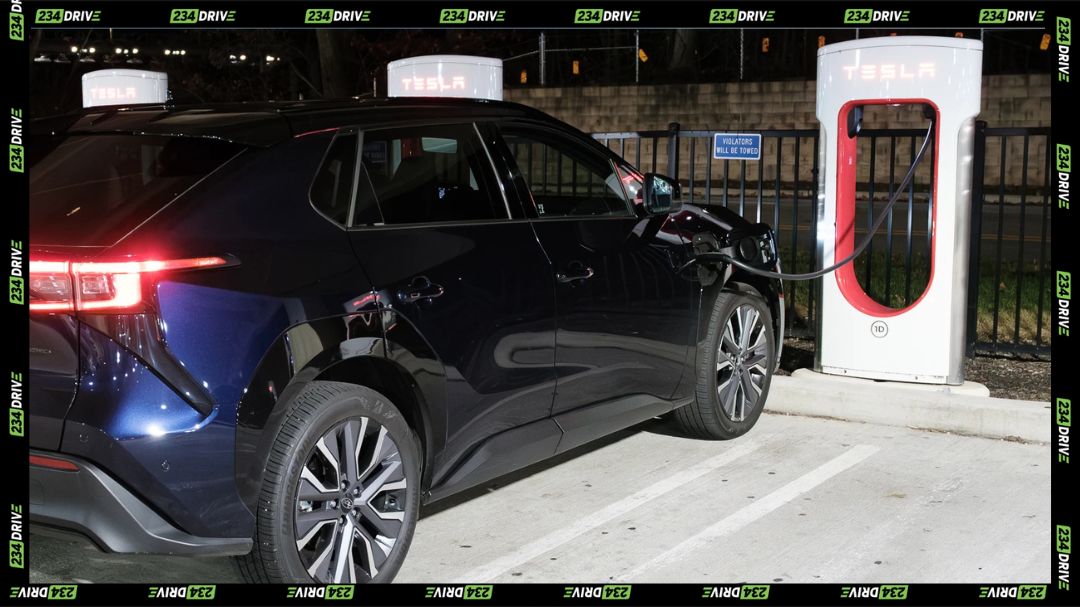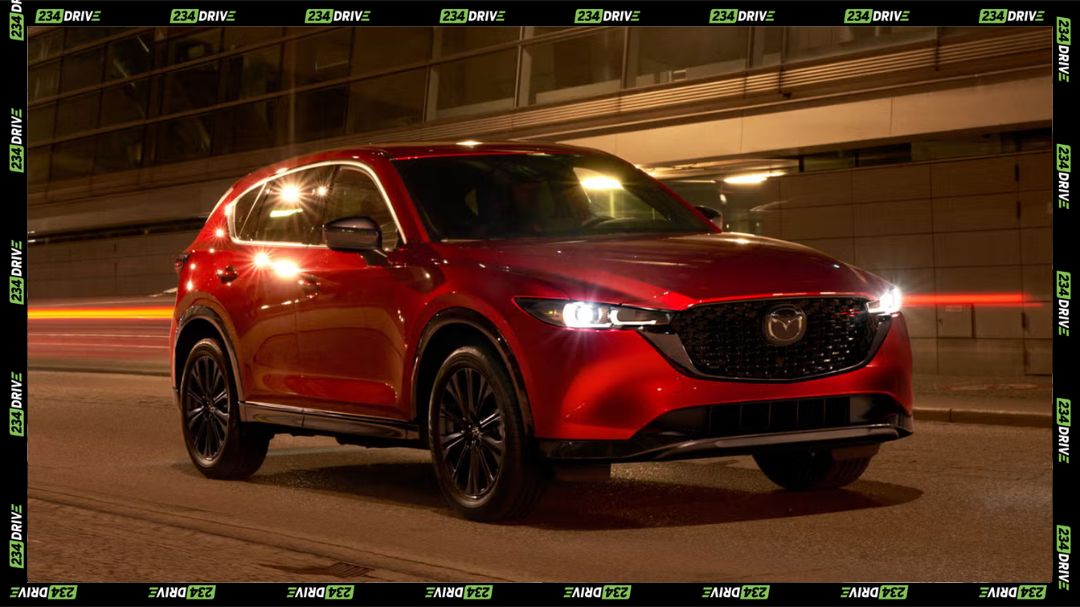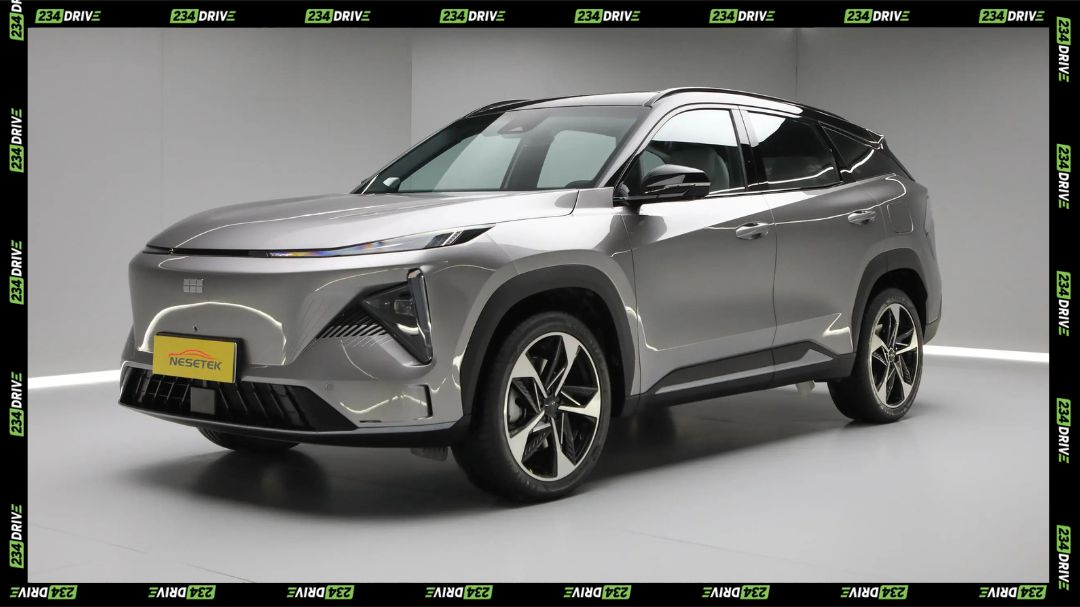Have you ever wondered about the history of your favorite car? The Kia Rio has a story that might surprise you. It’s a tale of unexpected turns, from making steel tubes to becoming a corporate staple, especially in Nigeria. This post dives into the KIA RIO EVOLUTION, exploring its journey through the years.
From Steel Tubes to Cars: Kia’s Origin Story
Kia’s story begins in 1944, not with cars, but with steel tubes for bicycle tires. Can you imagine that? They then moved on to assembling Honda motorcycles and Mazda trucks. It wasn’t until 1977 that Kia started making its own cars.
Fast forward 20 years, and the company faced bankruptcy. That’s when Hyundai stepped in to save the day. Hyundai already had experience selling the Elantra and Sonata in America. They knew the market and how to navigate it. This partnership led to the creation of the first Kia Rio. Want to explore more about Kia’s history?
The First Generation Kia Rio (1999-2005): A Cheap and Cheerful Start
The first generation Kia Rio hit the market in 1999 with a design that appealed to a younger crowd. It had a funny, small car design. When it was released, it was the cheapest compact car in the USA. This was a big deal in the early 2000s. By 2004, this little car made its way to Nigeria.
This Rio came with a 1.5L 4-cylinder engine. Drivers could choose between a four-speed or a five-speed manual transmission. However, by 2005, sales started to drop. Why? The ride quality wasn’t great.
Why the First Generation Rio Made Sense (Despite its Flaws)
The first generation Rio was cheap for a reason. The design was simple, which kept costs down. While being affordable is a plus, it doesn’t excuse poor quality. The ride quality definitely needed improvement.
The Second Generation Kia Rio (2006-2011): A Step Up in Quality
The second-generation Kia Rio made its debut in 2006. Interestingly, it shared an updated platform with the Hyundai Accent—a significant move that brought Kia’s quality closer to Hyundai’s. This boost in standards helped increase Kia’s sales.
At that time, the Kia Rio was mostly sold brand new in Nigeria, with a price tag of around ₦2.5 million. It quickly became a popular choice for corporate fleets, marking its rise in the Nigerian auto market.
This generation of the Kia Rio was more than just an affordable car—it symbolized ambition. As the speaker in the video passionately put it, “This car wasn’t just made to be cheap and fun. It had bigger dreams. It refused to be overlooked. It wanted to matter. One day, when you’re signing a deal worth 100 or 200 million, it wants to be the car that drives you there. That’s motivation. Be like the Rio—go from nothing to something.”
The Kia Rio’s Unlikely Rise to Corporate Prominence in Nigeria
The Kia Rio’s story in Nigeria is quite unique. It wasn’t just another car. It became a symbol of efficiency and practicality, particularly in the corporate world. Its affordability and improved reliability made it an attractive option for companies looking for a cost-effective vehicle for their employees.
That motivational quote from the video really captures the essence of the Rio’s journey. It’s a story of overcoming expectations and achieving something great, even when starting from a humble position.
Third Generation Kia Rio (2011-2017): Aiming for the Big Leagues
The third generation Kia Rio, launched in 2011, featured more modern styling. It had Kia’s signature “tiger nose” grill. Kia was aiming high. They wanted this car to compete with the Toyota Corolla and Honda Civic. That was a very ambitious goal.
This generation shared the same 1.8L 4-cylinder engine as the Hyundai Elantra. This meant it was a reliable option. The third generation Rio also offered good safety features, a comfortable interior, and excellent fuel economy.
Fourth Generation Kia Rio (2017-Present): A Global Hit
The fourth and latest generation of the KIA RIO EVOLUTION came out in 2017. It has a more chiseled exterior design compared to previous generations. This version became a hit worldwide. People were buying it everywhere – in America, Asia, Africa, and beyond.
In Nigeria, one particular bank consistently imported the Kia Rio to use as official cars for their staff. The interior features a small infotainment system with Bluetooth connectivity, and the car is known for being comfortable.
Since 2017, the car has remained largely the same. The only changes have been the Kia logo and a minor redesign in 2021.
Kia Rio: Generations Comparison
Here’s a quick look at how the Kia Rio has changed over the years:
| Generation | Years Produced | Key Features | Engine Options | Notable Facts |
| First Generation | 1999-2005 | Affordable, compact, basic design | 1.5L 4-cylinder | Cheapest compact car in the USA at the time |
| Second Generation | 2006-2011 | Improved quality, shared platform with Hyundai Accent | 1.4L, 1.6L | Gained popularity in Nigeria as a corporate car |
| Third Generation | 2011-2017 | “Tiger nose” grill, more modern styling | 1.2L, 1.4L, 1.6L | Aimed to compete with Corolla and Civic |
| Fourth Generation | 2017-Present | Chiseled exterior, global sales success | 1.0L, 1.2L, 1.4L, 1.6L | Used as a corporate vehicle in various organizations, particularly in Nigeria |
Why the Kia Rio Makes Sense as a Company Car
Why is the Kia Rio such a popular choice as a company car? There are several reasons:
- Affordability: It’s a budget-friendly option for businesses.
- Fuel Efficiency: It helps save on fuel costs.
- Reliability: It’s known for being dependable.
- Practicality: It’s a practical and functional vehicle.
- Positive Brand Perception: It’s viewed favorably, especially in markets like Nigeria.
What’s Your Favorite Rio?
Now it’s your turn! Which generation of the Kia Rio do you prefer? Share your thoughts in the comments below!
Thanks for exploring the KIA RIO EVOLUTION with us. If you enjoyed this post, be sure to comment for more automotive content.


